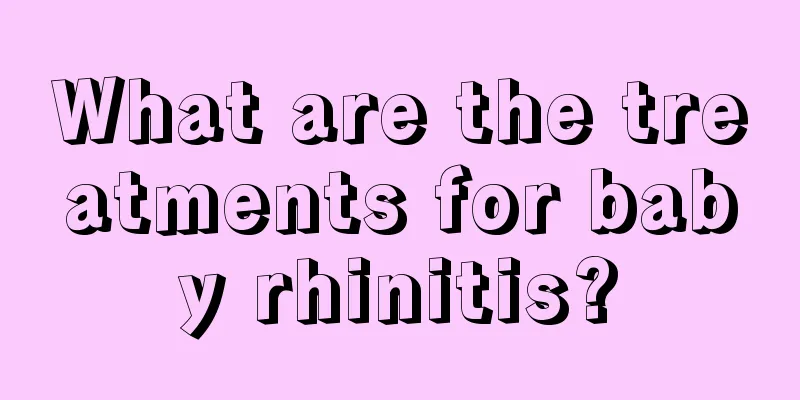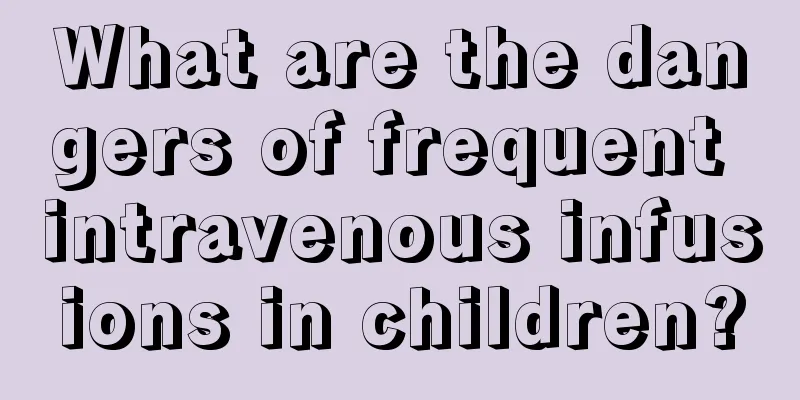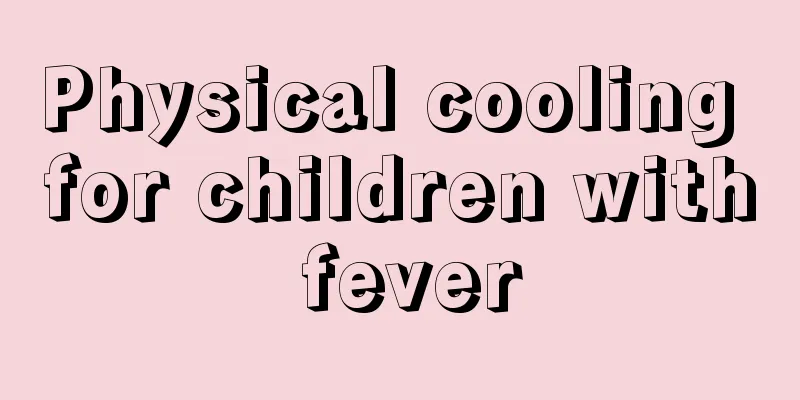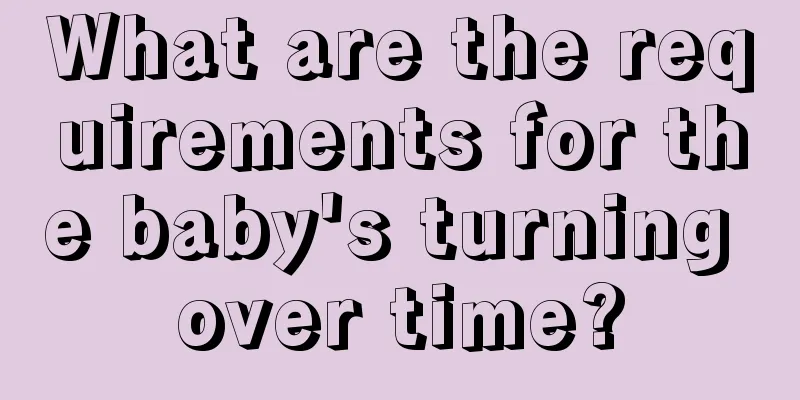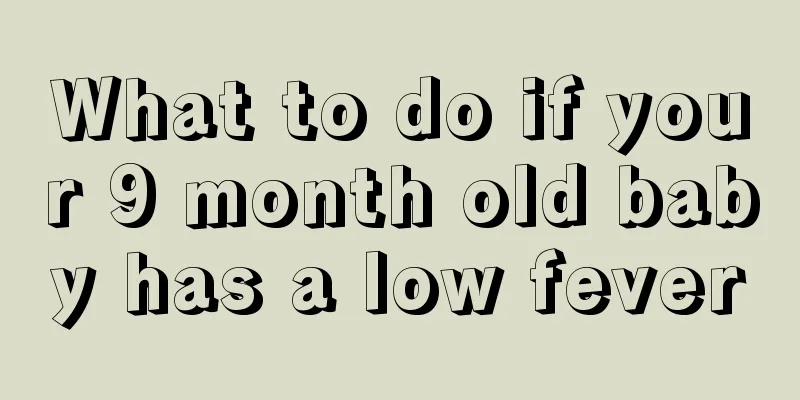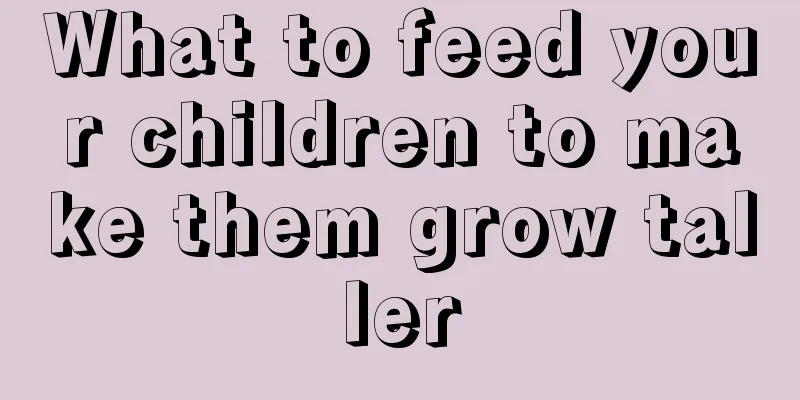What to do if your baby is caught in the wind
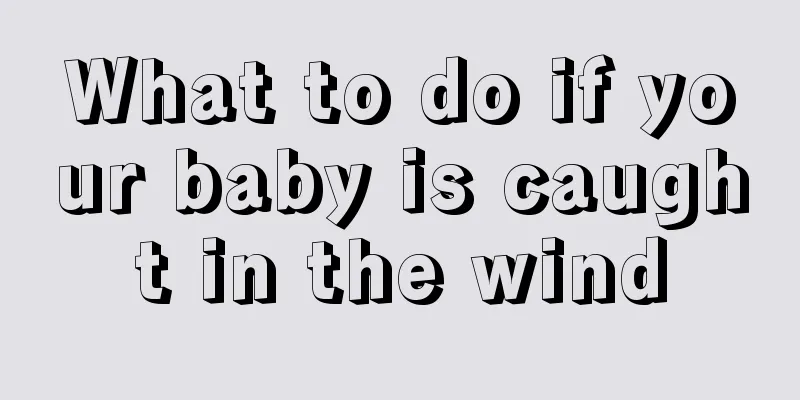
|
Babies are in a critical period of physical development. Their body functions are not yet mature and their immunity is relatively low. If the external environment changes suddenly, it is easy to affect the baby. Many babies get sick because of this. If the baby is caught in the cold, he will easily develop symptoms such as cold and fever, and the recovery will be very slow, which is very detrimental to the baby's healthy growth. So, what should you do if your baby is struck by wind?1 Considered to be urticaria, the clinical characteristics include rapid occurrence and disappearance of wheals without leaving any traces after disappearance. The onset is relatively acute, with sudden onset of skin itching, and soon the appearance of red wheals of varying sizes, which are round, oval or irregular in shape. Within a few hours, the wheal turns into erythema and disappears quickly, usually lasting no more than 24 hours. The recommended treatment is to use vitamin C and calcium supplements, which can reduce the severity of vascular headaches and have a synergistic effect with antihistamines. You can use calamine lotion or diphenhydramine cream externally. 2 Children with rubella generally do not require special treatment. When the body temperature is high, some antipyretics can be used. During the fever, the sick child should rest in bed, be given liquid or semi-liquid easily digestible food, drink plenty of water, help detoxification and sweating, and keep the skin and oral cavity clean. Do not apply prickly heat powder to your baby. Wipe your baby's body with warm water every day. Avoid being blown by the wind. Drink plenty of water. Eat more foods rich in vitamins and nutrients such as minced meat, rice porridge, etc. Generally, the pain will gradually ease after 5 days of treatment.3 Urticaria is a stubborn skin disease with many causes, but judging from the symptoms, it should be acute urticaria. People with this disease should avoid spicy food. Take one tablet of Astemizole a day, plus two tablets of vitamin C. Do not stop taking the medicine when you feel better, but be sure to persist. If the symptoms are alleviated, you can take it once every two days. You need to persist for about a month. If the disease relapses after stopping the medicine, you have to start taking the medicine again. 4 Children with rubella generally do not require special treatment. When the body temperature is high, some antipyretics can be used. During the fever, the sick child should rest in bed, be given liquid or semi-liquid easily digestible food, drink plenty of water, help detoxification and sweating, and keep the skin and oral cavity clean. Do not apply prickly heat powder to your baby. Wipe your baby's body with warm water every day. Avoid being blown by the wind. Drink plenty of water. Eat more foods rich in vitamins and nutrients such as minced meat, rice porridge, etc. Generally, the pain will gradually ease after 5 days of treatment. |
<<: Baby's whole body is hot and his hands and feet are hot
>>: What should I do if my baby's leg is broken?
Recommend
Treatment of anemia in a one and a half year old child
Many children have recently developed symptoms of...
Don't panic when your child has a nosebleed. How to stop the bleeding quickly
Nosebleeds are mainly caused by bumps, dry weathe...
What to do if your child is born with idiocy
Down syndrome is also called congenital idiocy. I...
Neonatal colic
For many newborns, because their language develop...
Is measles contagious?
Measles is a highly contagious skin disease, and ...
How to treat baby's spleen and stomach deficiency?
From time to time, we often find that our babies ...
There are several stages in a child's separation anxiety period.
In fact, most parents will face separation anxiet...
Premature baby jaundice has not subsided after 50 days
Jaundice is more common in premature babies than ...
What should children eat when they have chickenpox?
During childhood, children may face various disea...
Diet therapy for three-month-old baby
Some parents will find that their three-month-old...
Thirteen-month-old baby's development
During the baby's growth process, parents mus...
Self-treatment for ADHD in children
Attention deficit hyperactivity disorder (ADHD) i...
What to do if your baby has a thick nasal discharge or stuffy nose?
It is normal for babies to have a runny nose, but...
How to treat children's picky eating better
Parents must be very distressed if their children...
Can children have plastic surgery?
The rapid development of cosmetic surgery technol...

